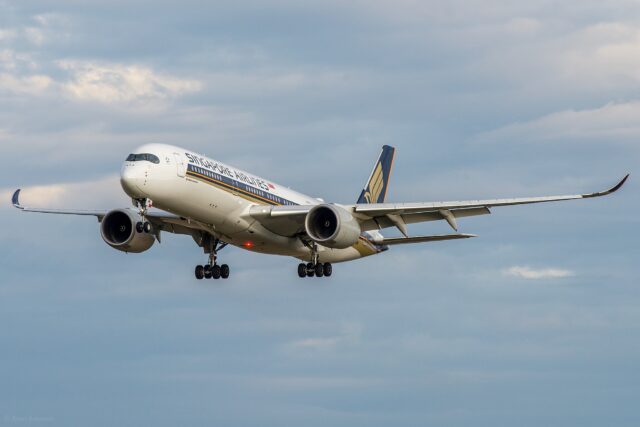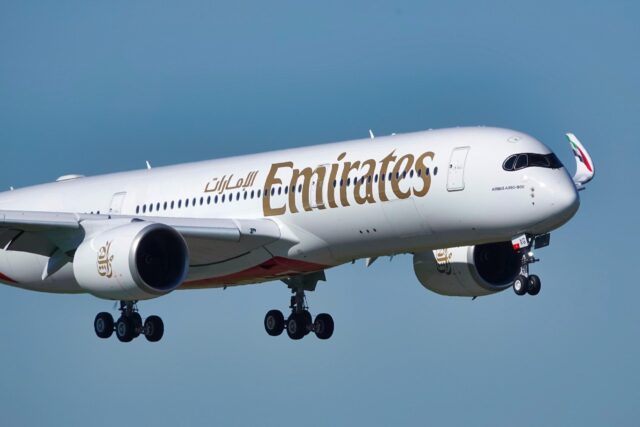The Eurofighter Typhoon gets smarter: AI that knows when you’re in danger before you do

July 28, 2025

In the unforgiving battlespace of modern aerial combat, a split second can mean the difference between mission success and a mayday call. Now, an experimental technology being trialled in the UK could change everything by using artificial intelligence not just to assist fighter pilots, but to think ahead of them.
At the BAE Systems facility in Warton, Lancashire, engineers are testing an advanced AI-driven system called Rattlesnaq (read Rattlesnake), developed by Swedish firm Avioniq, on a Eurofighter Typhoon simulator.
The goal is to deliver real-time, predictive threat analysis that draws a virtual line between life and death in the sky and shows pilots exactly where to fly to stay alive.

Drawing the battle lines before the enemy does
Unlike conventional radar or electronic warfare tools, Rattlesnaq doesn’t just detect threats. It predicts them, simulating missile ranges, sensor zones, and engagement envelopes to create a constantly updating “threat boundary”. It shows the pilot where not to go, where the enemy can’t reach, and how best to fight back.
This isn’t guesswork; it’s mathematics and modelling, fed through a powerful AI core that’s been verified for military use.
“Rattlesnaq gives you real-time, edge-based threat assessments that can be trusted because they’re independently verifiable,” explains Mikael Grev, Avioniq’s CEO and a former Swedish Air Force pilot.
It’s a tool that could soon prove indispensable in beyond visual range (BVR) scenarios, where threats emerge from distances so vast, they remain invisible to the naked eye. In this situation, decisions must be made before the enemy even appears on radar.

One of the most significant benefits of Rattlesnaq is the way it reduces cognitive overload. Modern cockpits are data-heavy environments, and in combat, pilots are often overloaded with inputs.
Rattlesnaq simplifies the picture, offering visual guidance for safe manoeuvres, missile evasion, and optimal firing solutions, all tailored to the evolving tactical environment.
“It’s about giving pilots live, on-the-edge situational awareness,” says Paul Smith, BAE Systems’ Head of Typhoon Strategy and a former RAF pilot. “You don’t just want to survive, you want to dominate. In contested airspace, that takes speed, clarity, and decision-making you can trust.”
Rattlesnaq: Built for teamwork in the sky
Rattlesnaq isn’t just a solo act. One of its most exciting features is its ability to enable Collaborative Combat Aircraft (CCA) and loyal wingman operations. The system doesn’t just deliver threat data to the human pilot; it also sends it to the autonomous flight systems of uncrewed aircraft flying in formation.
That means a pilot could lead a flight of AI-enabled drones into battle, with every aircraft armed with real-time threat maps and autonomous responses. The result? Coordinated attacks, safer formations, and less strain on the lead pilot’s mental workload.

Crucially, Rattlesnaq has been built with integration in mind. On next-gen aircraft like the Typhoon, it can be fully embedded into existing mission systems. But on legacy aircraft lacking digital infrastructure, it’s just as effective running from a knee-mounted tablet, a practical, cost-effective solution that opens the door for wide deployment.
Avioniq and BAE Systems have already carried out multiple technical demonstrations in Typhoon simulators, with integration work well underway.
These trials form part of BAE’s broader technology roadmap for the Typhoon, which also includes a mission computer 200 times faster than the current one and a large-area digital cockpit display designed to present complex threat environments more intuitively.
AI is changing the rules of air combat
At its core, Rattlesnaq represents more than a new gadget. It’s a shift in air combat philosophy from reactive to predictive, from saturated to simplified, and from manned-only to human-machine teaming.
By defining where pilots can safely operate before danger ever materialises, and by delivering this information in a way that mirrors how they think, Rattlesnaq doesn’t just help pilots survive: it helps them own the airspace.
And in the unforgiving calculus of modern air warfare, that could be the difference between dominance and defeat.
















